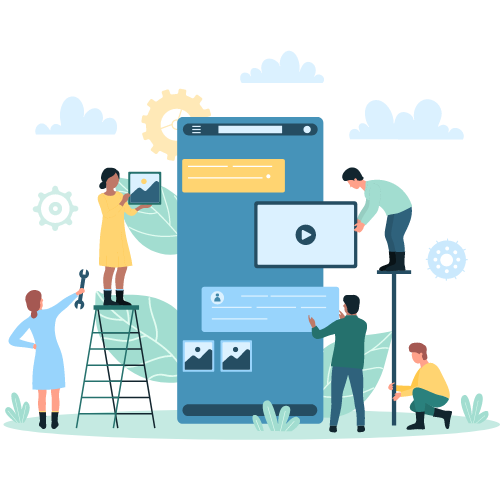Innovative Mobile Solutions at Your Fingertips!
Defining the term Mobile App Development.
As the world becomes more interconnected through the use of technology, business communication with their clients is mostly through mobile applications. With the increasing usage of handheld devices, be it for purchase or work or entertainment, the need for developing mobile applications is on the rise. Such a change presents several opportunities for businesses to target consumers, enhance their communication, and organize internal processes.
This guide gives the reader an inside understanding of what mobile app development is all about, the steps on how to create one, and why it is a huge game changer for any business.




